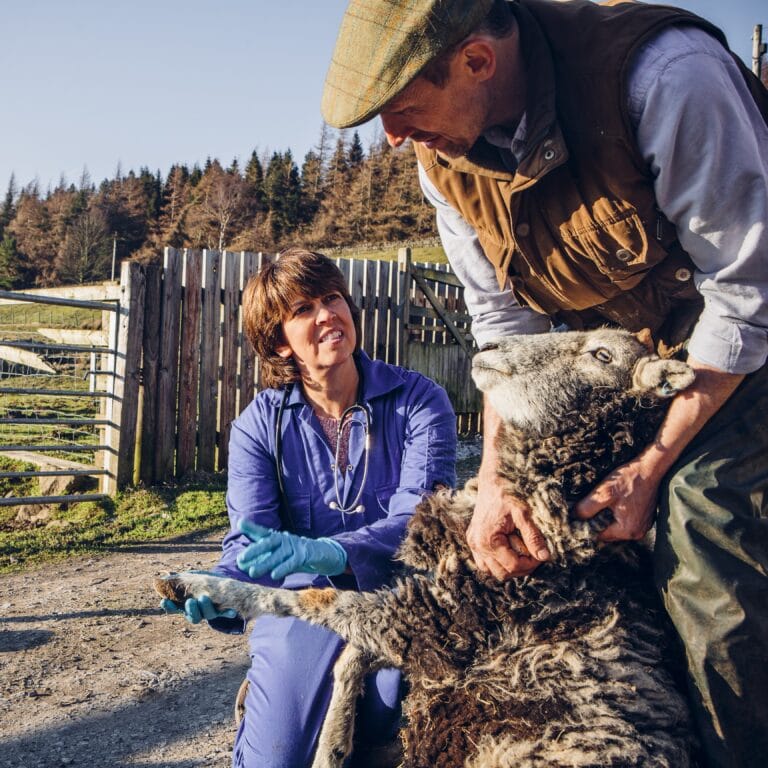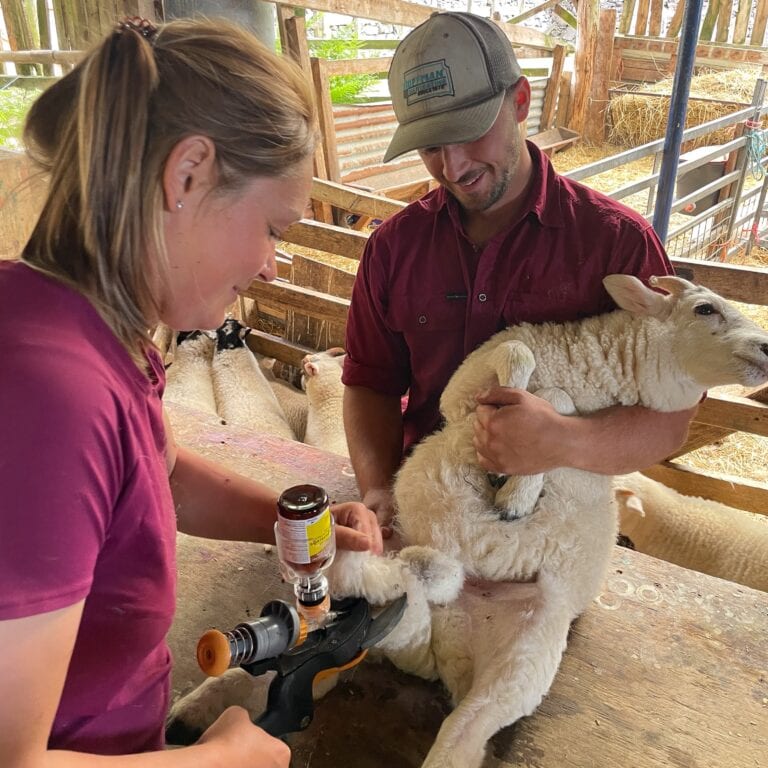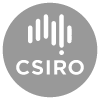The spring of 2024 marked a significant milestone in UK agriculture with the introduction of Numnuts, a device engineered to mitigate pain in lambs during routine husbandry procedures such as tail docking and castration. This development prompts a re-evaluation of current practices, drawing on evidence-based approaches to animal welfare.
Every shepherd and vet knows that colostrum (milk) intake immediately after birth is vital for a lamb to absorb its nutrients and antibodies, which begins then and diminishes rapidly within the first few days of life.
While local colostrum effects in the gut are essential for ongoing protection, the critical initial period significantly impacts lambs’ survival.
Any obstacles hindering lambs from suckling on demand, such as the stress induced during castration and tail. Docking with rings can profoundly affect the chances of survival of baby lambs.
Traditional practices in the UK involve early life procedures that can disrupt the critical bonding phase between a lamb and its ewe, which has implications for both immediate welfare and long-term development.
In contrast, delaying these interventions, as facilitated by Numnuts, aligns with a growing body of evidence suggesting the importance of maintaining this early-life maternal bond lead..
Numnuts represents an advancement in veterinary medicine by integrating a local anaesthetic dispenser with a standard ring applicator. This dual-action mechanism allows for direct pain relief during the procedure, aiming to reduce the immediate and acute stress responses observed in four-week-old lambs. At this age, lambs have had adequate time to form a strong material bond, which is crucial to their early survival and progress.


Numnuts can be used on lambs from birth up to 12 weeks. However, the recommendation for using Numnuts on lambs aged between 4 to 12 weeks supports a more considered approach to animal husbandry. This timeframe allows for essential early life bonding and nutritional intake from the ewe, potentially enhancing the lamb’s resilience to stress and improving overall health outcomes.
Delaying castration until lambs are between 4-12 weeks old allows farmers to better assess their genetic potential, especially those selecting male studs (Tups). At this age, physical traits such as body conformation and muscle development are more evident, enabling informed decisions for breeding programs. Delayed castration enhances breeding stock quality.
The local anaesthetic used by the Numnuts device is classified as a prescription-only medication, ensuring its application is supervised by veterinary professionals. This regulation is pivotal for the safe and effective use of the device, requiring farmers to collaborate closely with their veterinarians. More about anaesthetic here.
Hill farmers who have used Numunts in the UK have experienced reduced stress and the ease of ‘mothering up’ after ringing. The stress reduction allows flocks to be confidently moved back onto the hill shortly after marking. The mob now moves with ease, with less stressed lambs (no stragglers) and easier work on the dogs and the farmers.
The practice of consolidating husbandry interventions into a single event, common in Australia and New Zealand, offers a model for reducing cumulative stress and improving logistical efficiency. This approach not only aligns with animal welfare principles but also reflects a pragmatic strategy for managing large flocks.

The introduction of Numnuts into the UK farming sector is not merely an innovation in animal husbandry tools; it reflects evolving attitudes towards animal welfare, informed by both clinical veterinary science and practical experience.
As UK farmers consider integrating this technology into their practices, it represents an opportunity to align more closely with international ethical farming and animal care standards. While this shift requires adaptation, it holds promise for enhancing animal welfare and farm management practices.
Confirmation from Scottish Governments position on castrating sheep up to 12 weeks with local anaesthetic here.
More about the UK Government’s (DEFRA) position here.

Developed in collaboration with Moredun Research Institute

Validated by CSIRO

Developed in collaboration with Meat & Livestock Australia Limited ABN 39 081 678

Developed with funding from the AWI
Senesino Ltd
Rankine House
Unit 13 100 Borron Street
Glasgow, G4 9XG
Scotland
Company number: SC565014
Tel: +44 141 353 5490
Register My Interest and Become Eligible to Distribute NumOcaine